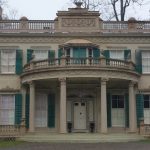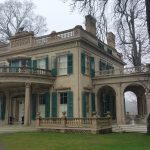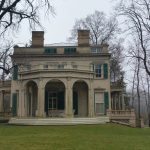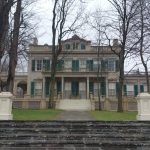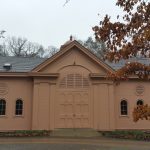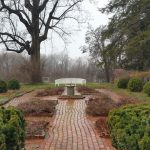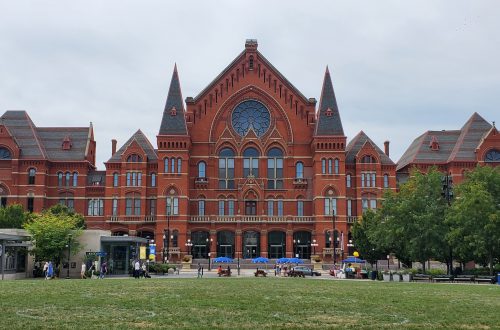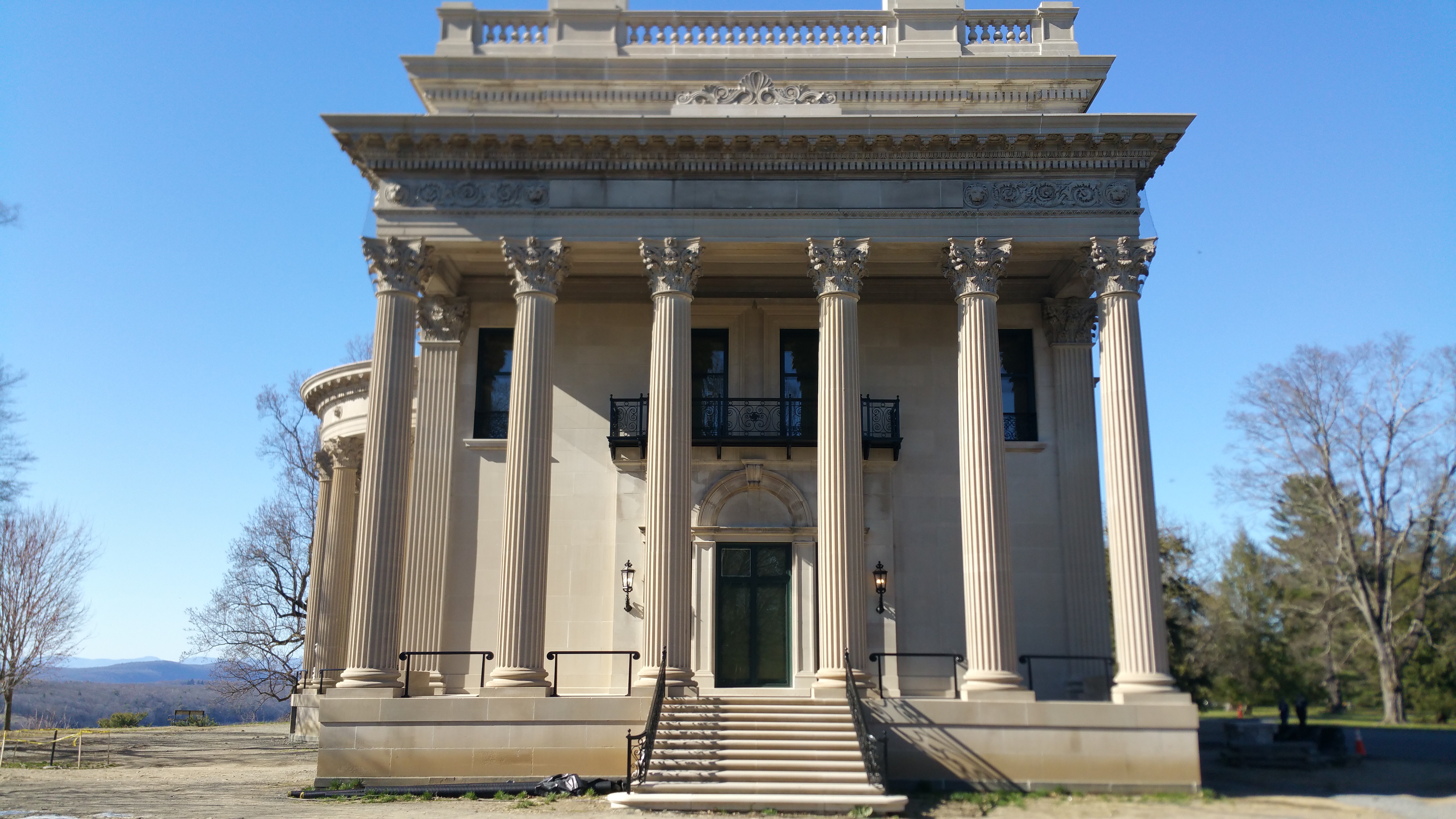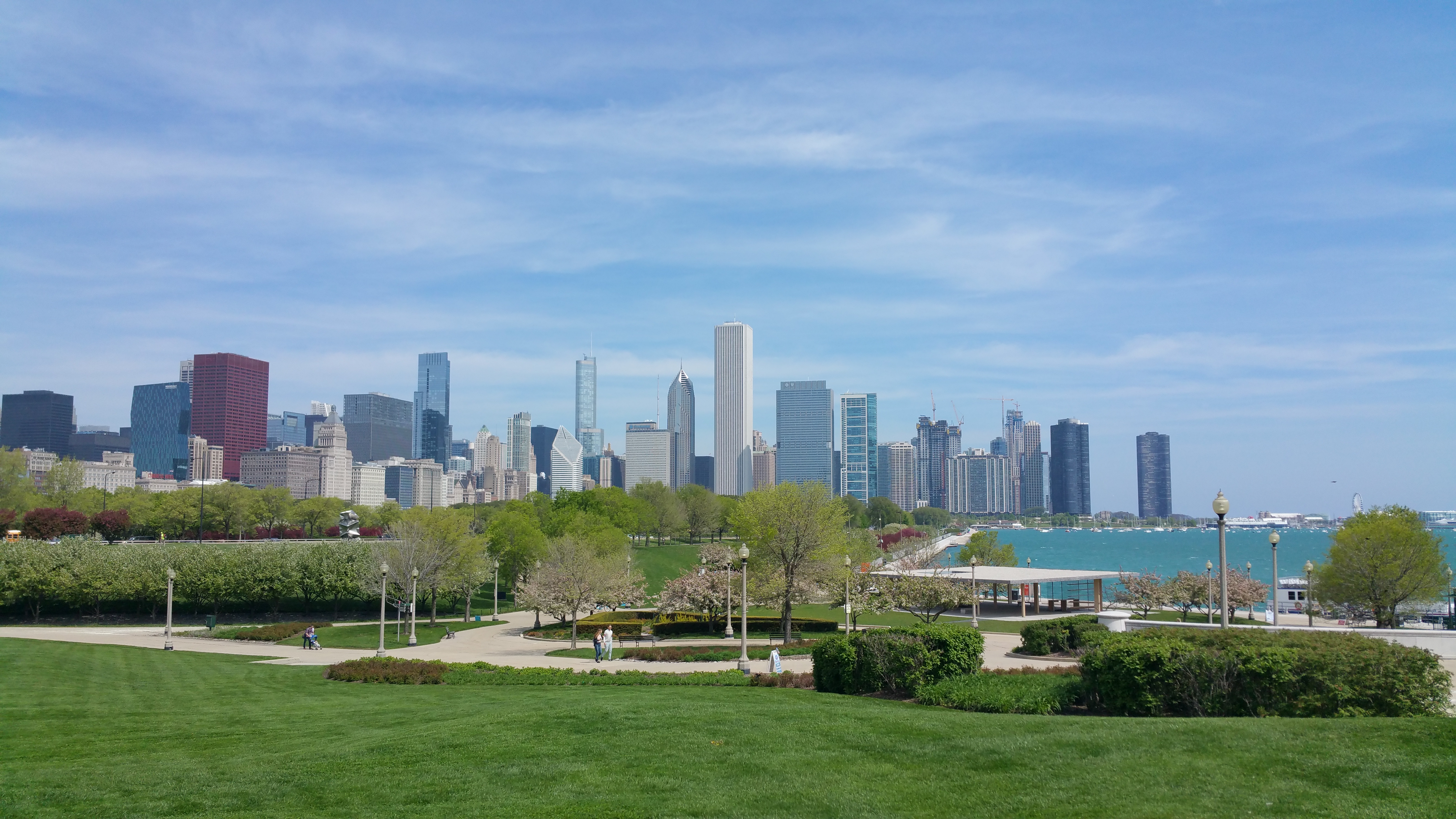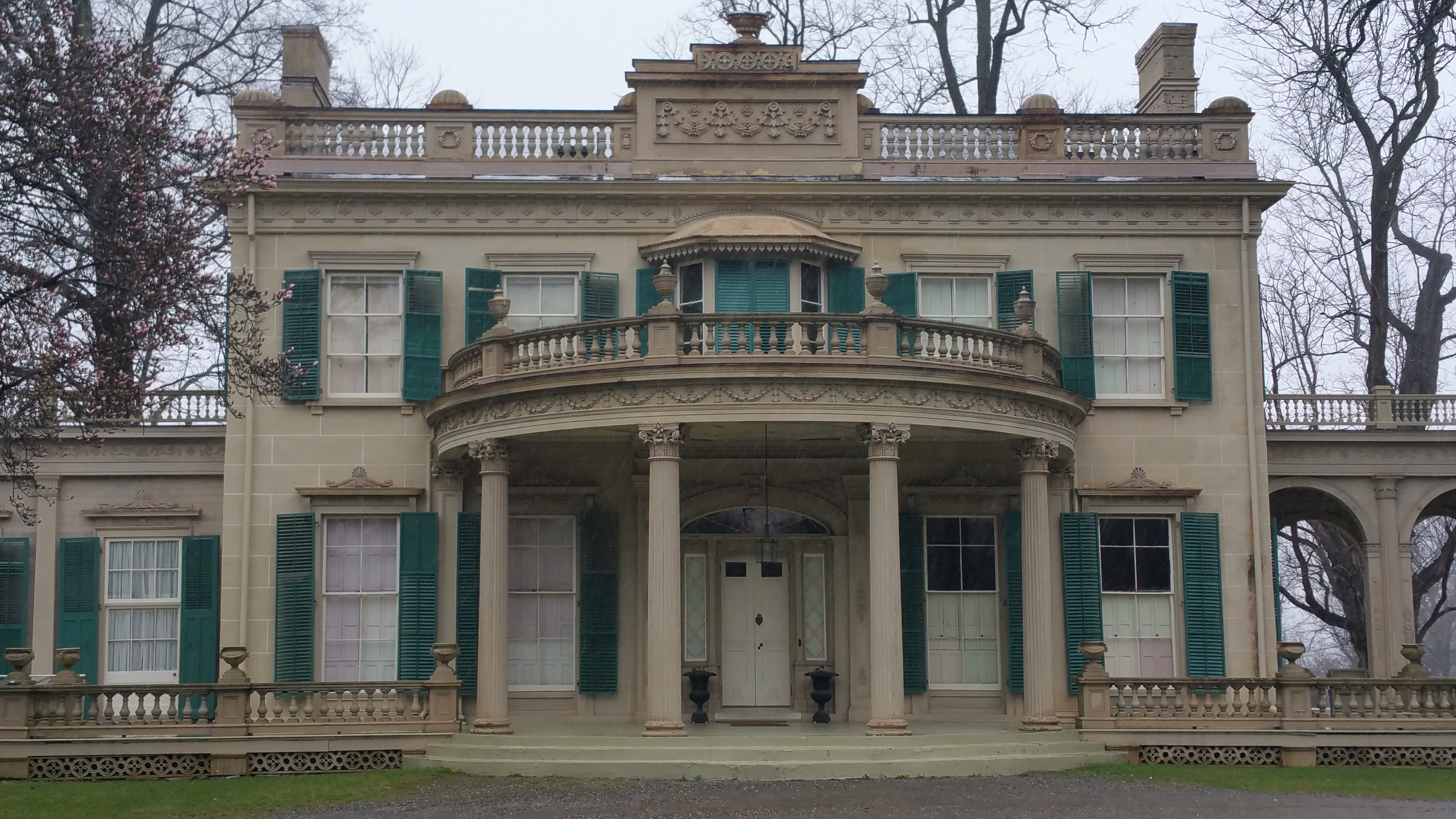
Montgomery Place- Annandale-on-Hudson, NY
The Hudson River Valley has an embarrassment of country homes. An obscene amount of substantial stone structures, with manicured gardens, and impressive architecture. You could spend weeks exploring the area’s grand estates, and not scratch the surface. What a problem to have. Many of course are no longer private homes; they would be impossible to maintain today. Fortunately, this means most of the remaining mansions are open to the public as part of college campuses, or as museums. One such magnificent manor is Montgomery Place, a handsome estate that overlooks the Hudson, now owned by Bard College.
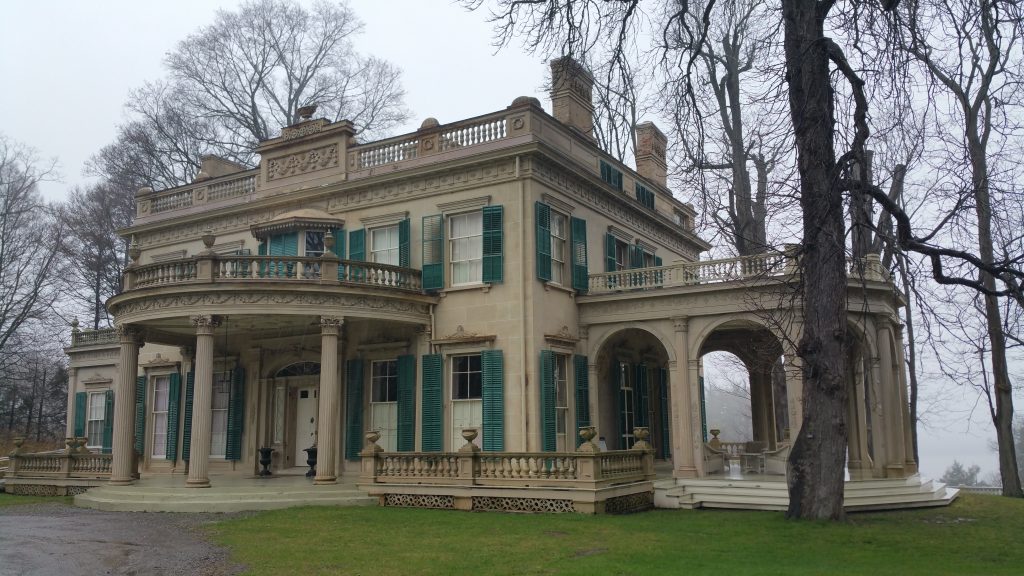
Following the death of her husband, Revolutionary War hero General Richard Montgomery, Rhinebeck resident Janet Livingston Montgomery purchased 242 acres of river front property for the purpose of establishing a country estate and commercial nursery. In 1804, she enlisted a local builder to construct a Federal Style mansion overlooking the Hudson River, which she named Chateau de Montgomery. Upon her death in 1828, the property was left to her younger brother, Edward Livingston, and his wife Louise. It was Edward who renamed the estate Montgomery Place, but otherwise, it remained largely unchanged until his death in 1838.
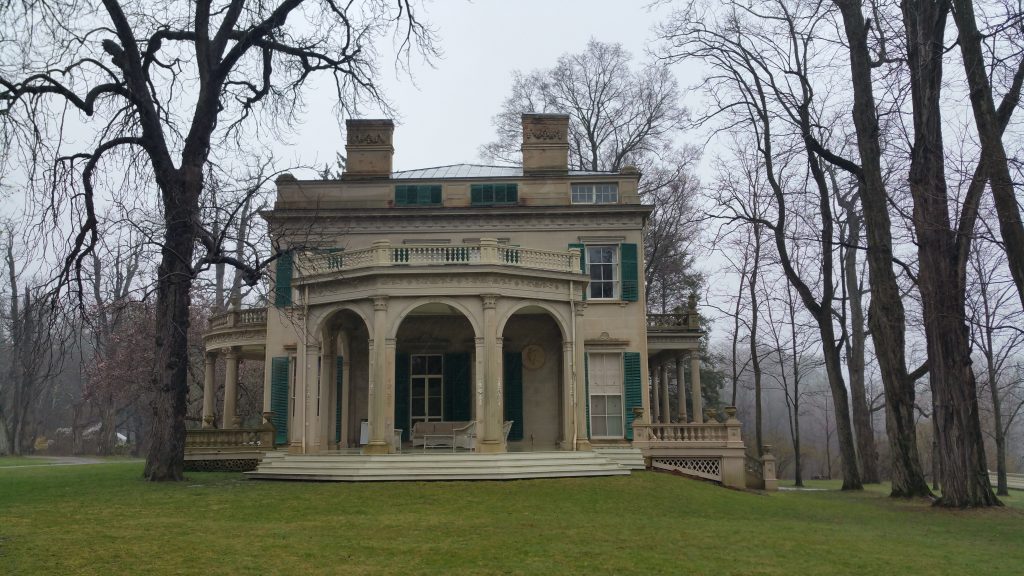
In 1840, Louise, along with her daughter Cora, retained architect Alexander Jackson Davis to transform the home into to an elegant showplace. Although typically known for his Gothic designs, including Lyndhurst, here he created an elegant Classical Revival. Two wings were added to the original building, including an open air arched pavilion, as well as a porch across the riverfront facade. Decorative embellishments were also liberally added to the exterior, including swags, urns and medallions. Davis would return in 1860 to add a semi-circular portico to the front of the house, as well as a third story with a raised balustrade, accented with more decorative urns.
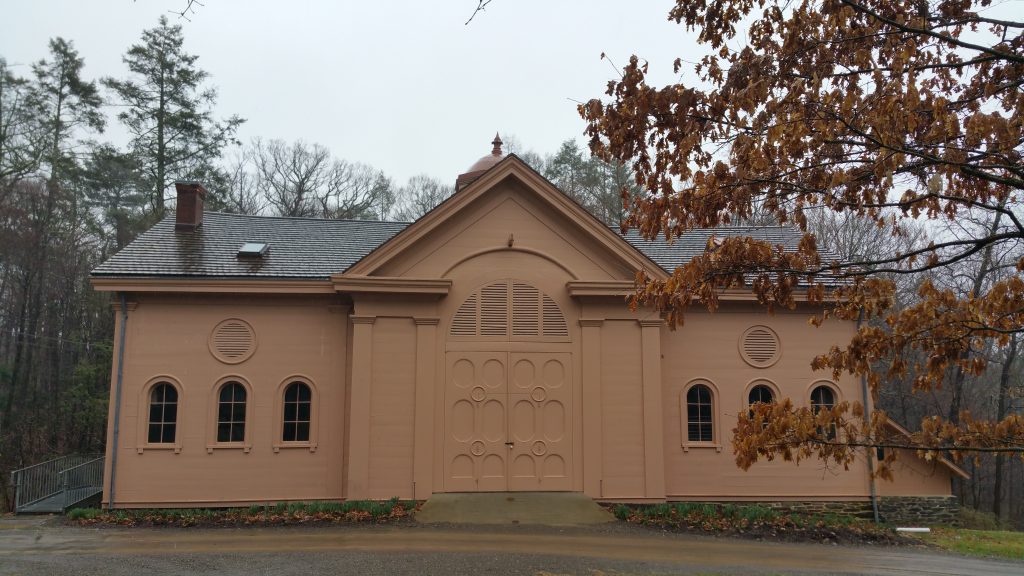
Over the next decade, Davis would go on to construct several noteworthy outbuildings on the property, including a Coach House, a Swiss Cottage, and a Farmhouse. At the same time, landscape designer Andrew Jackson Downing informally collaborated with the owners to design and site walking paths, flowers beds and an arboretum on the grounds. The estate would then remain largely unchanged for the next century.
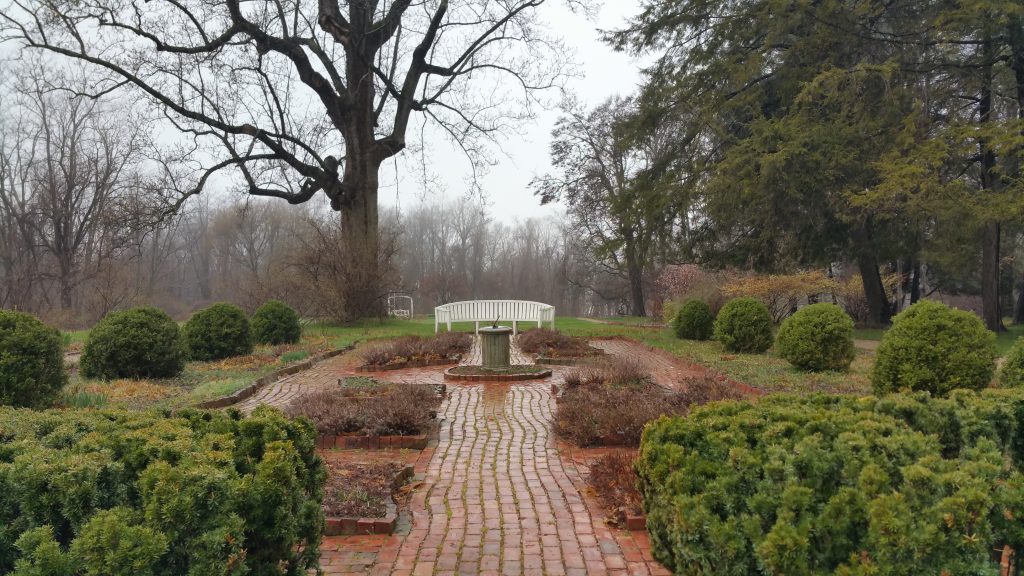
In the 1920s, the property was inherited by Violetta and John Ross Delafield, who brought plumbing, heating and electricity to the estate. They also expanded the gardens, adding a greenhouse and water features, while retaining much of the original design. Even on a rainy day, it is a pleasant place to explore.
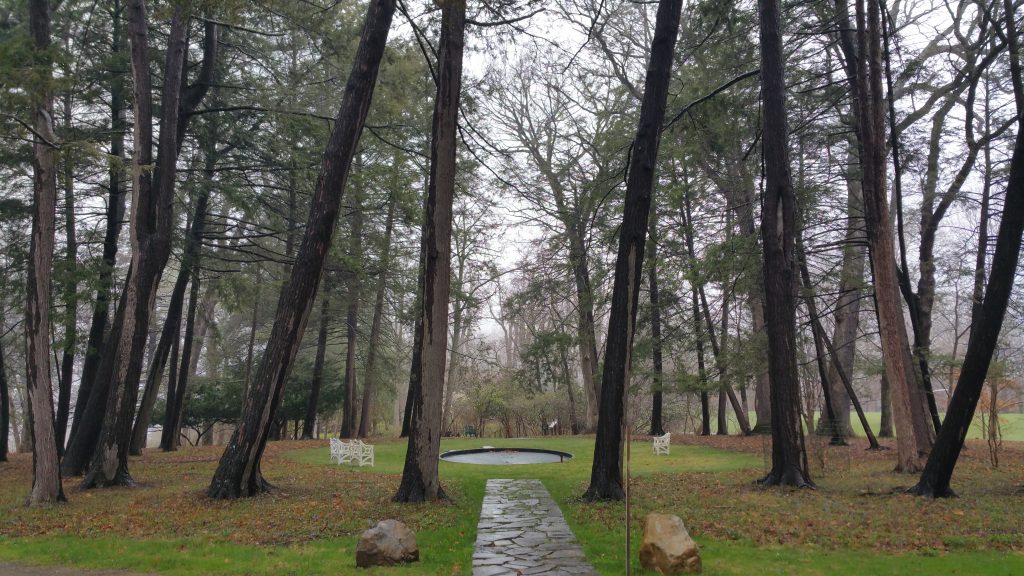
The estate managed to stay in the family longer than most; in 1986 a Livingston heir transferred the estate to Historic Hudson Valley, a non-profit historic preservation organization. The house and grounds received a $3 million restoration, and opened to the public in 1988. In 2016, Bard College purchased the estate, incorporating it into their campus. The mansion is open for tours on Saturdays during the summer, while the grounds are open year round, and free to explore.
